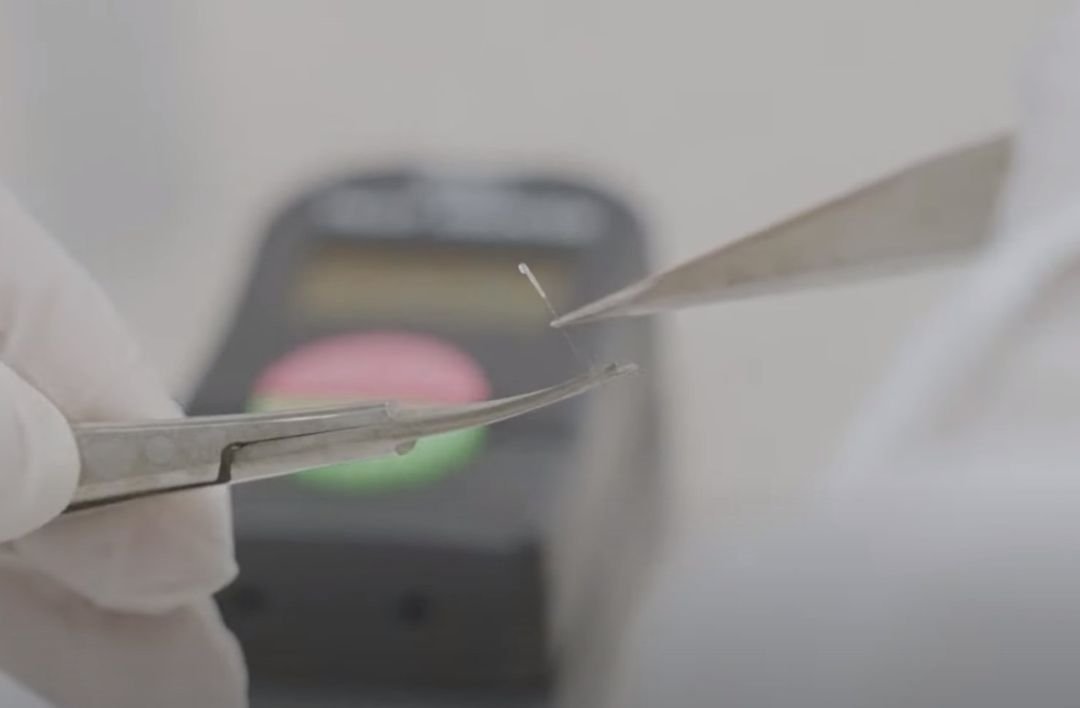Rooted in Solutions: When to Consider a Hair Transplant?
Many go into panic mode when they see hair loss, leading them down the rabbit hole of topicals, vitamins, medical treatments, or transplants. A lot of clients jump to the quickest solution to get transplants, wanting a quick solution or to “just be done with it!” But so many times we see that patients have quite of bit of viable hair that can be reversed. If you transplant on top of those miniaturized hairs, you can actually severely harm them or they can be destroyed in the transplant process. What should you do if you are considering a transplant?
You want to ensure that your soil is healthy and so your new grafts can thrive. You have to take into consideration that you can have $10,000 worth of newly transplanted hairs growing in as you have $12,000 hairs drying up from not stopping the loss around the grafted area.
Below is an example of a client who came in wanting a transplant. We worked to get the scalp ready and stabilized prior to getting a transplant, and by doing this we considerably reduced the size of the transplant needed. Many times after stabilizing hair loss in affected areas prior to transplants, our clients opt out of getting a transplant since they were able to get their hair much thicker than ever before.
Below: 6 Months On Stem-Cell Therapy
(Above: NHLMA client who came in wanting a transplant, and after medical injectable treatments are now they are questioning if they need one)
Below: Transplant Results
Post Transplant: 6 month results (up to 50% growth)
Post Transplant results: 1 year results
Here are some questions to ask yourself first to know if transplants are the right next step-
Have you been on a preventative program and have stopped hair loss and now want to fill in the concerned areas?
Are you experiencing pattern baldness? You need to have more than 50% loss to be a candidate for hair transplants. Male or female pattern baldness (also known as androgenetic alopecia) is a common genetic condition. If you have a family history of pattern baldness and are experiencing significant thinning or balding, a hair transplant can provide long-lasting results, particularly when paired with proper post-procedural support.
Do I have a Receding Hairline? How do you know if you are receding beyond what is normal? Men go through 2 hair lines in a lifetime- one is a” juvenile hairline” straight across. Around the age of 23-24 years old, you will start to progress to what is called a “ mature “ hairline- this would be 4 finger lengths from the top of your eyebrows to your hairline. That is a normal adult hairline. It is normal and expected to have a little recession in the temple areas.* It is also important to note that women only have one hairline. In the lifetime and typically don’t recede but have diffuseness on the top.
* Keep in mind no transplant doctor will give you back your immature hairline. Your hairline needs to be age-appropriate.
Why Choose National Hair Loss for a Complimentary Evaluation?
Hair loss is a common concern for millions of people around the world. Whether it's due to genetics, lifestyle factors, or underlying health issues, losing your hair can have a significant impact on your self-esteem and overall quality of life. National Hair Loss Med Aesthetics is here to help you address the root cause of your hair loss and provide personalized solutions, including hair transplant consultations and support, when necessary. Let’s discuss when you should consider a hair transplant from our perspective as experts in the field of hair loss and restoration.
If you want to see what you are a candidate for and if surgery is an option please email education@nhlma.com






















